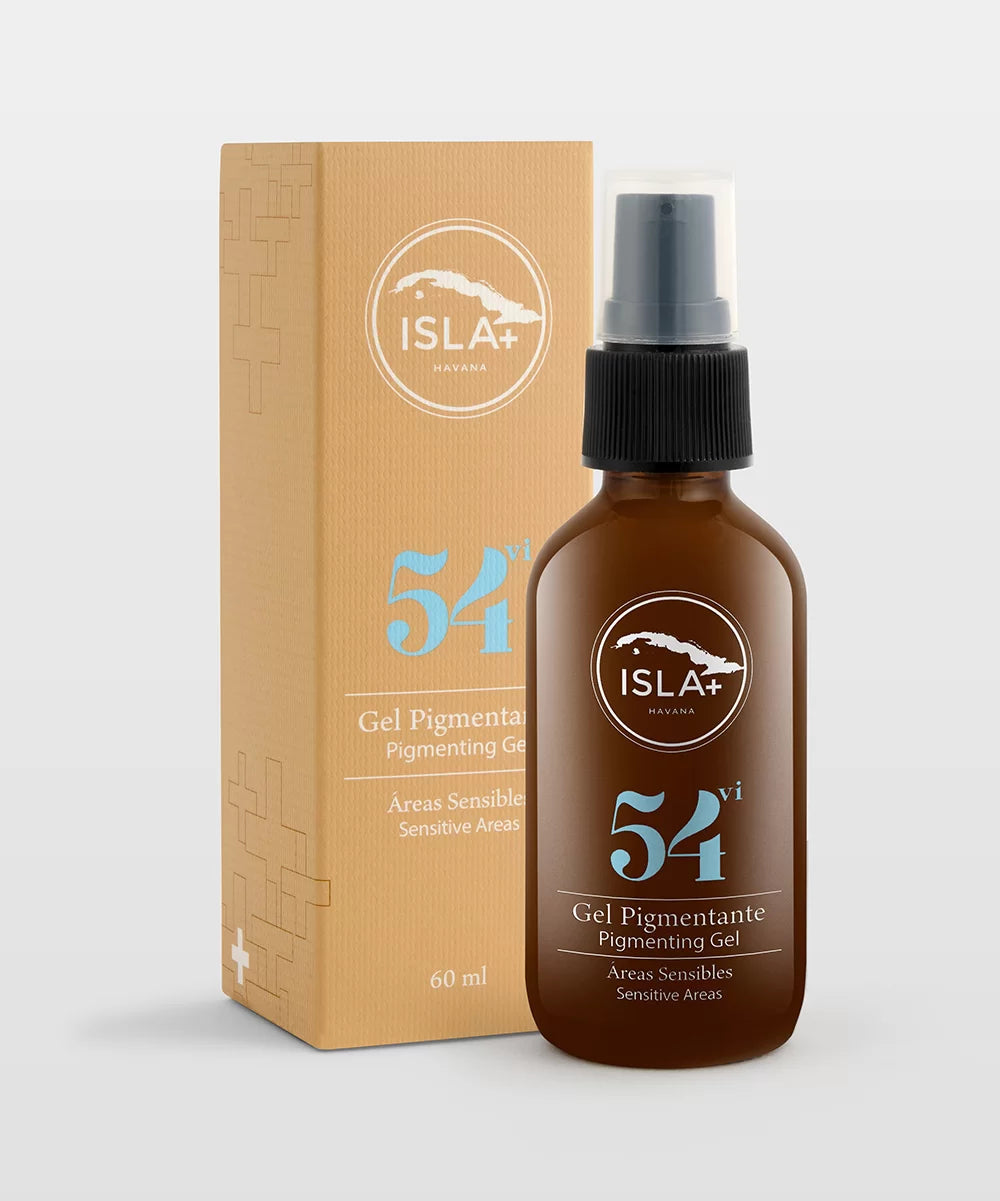Frequently Asked Questions
Do IslaPlus products have side effects?
Our products generally do not have side effects.
Can the products be used with other food supplements and medications?
Yes. Our products can be used together with other medicines and food supplements. Our products are included in many treatment protocols of the Cuban Health System due to their complementary and quality-of-life enhancing properties and are used by a wide range of patients.
- Cubapla
- Moringa
- Spirel Spirulina
- FerrumX
- Cubatox
How can I track my order?
After the order is placed, your products are delivered to you within an average of 3 business days. Meanwhile, you can track your order on www.islaplus.com.
Are your products original?
Yes. Our products of Cuban origin are produced by scientists to the highest standards.
Is shopping from your site reliable?
Yes, you are completely safe. SSL Certificate is used to ensure the security of the information transmitted with 128 bit encryption.
Card information used when shopping from islaplus.com is not recorded and cannot be seen by third parties.
What are the official sales channels of IslaPlus products?
You can also access our products from our official website, leading pharmacies, Beymen stores, Trendyol, our partner doctors and our office.
Are the IslaPlus brand and products available in Cuba?
The IslaPlus brand is a registered trademark in Cuba and internationally. All our
products are of Cuban origin. However, they can be sold under different names and
brands in Cuba. IslaPlus is the first Cuban health products brand globally and our
company is the only foreign investor to obtain this right.






